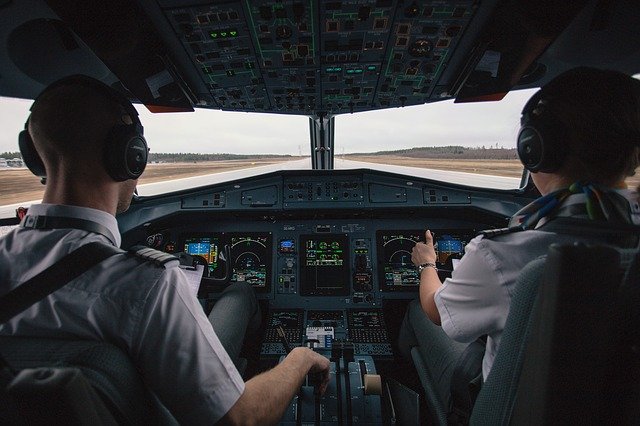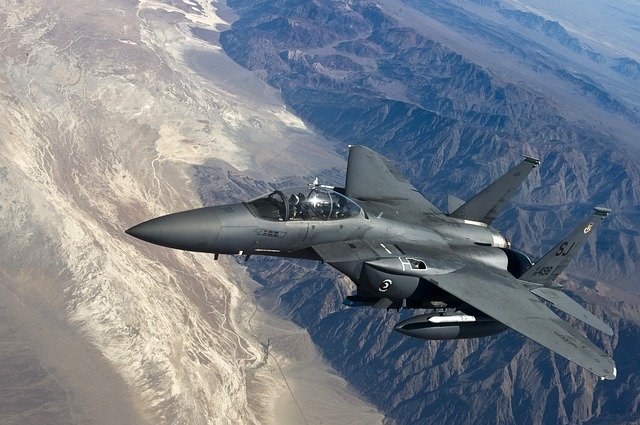
When electronics are applied to aviation, we talk about avionics.
Avionics is the application of electronics knowledge and resources to aviation . The term comes from the English word avionics .
As you can see, to understand what avionics is, it is essential to understand the concepts of electronics and aviation . Electronics is the study and use of the behavior of electrons in different media when they are under the influence of magnetic and electric fields. Aviation , meanwhile, is air transportation that is carried out with vehicles that are heavier than air.
What is avionics
Avionics is related to the development and implementation of electronic systems in airplanes , helicopters, spacecraft, and artificial satellites . These tools facilitate handling, navigation and communication.
The development of avionics is linked to the advancement of computing and various branches of technology . Little by little, analog and mechanical instruments were replaced or complemented by digital tools that improved safety and revolutionized the work of pilots.
A historical tour
The birth of avionics as a concept occurred in the 1970s from the requirements of military aviation . The need to integrate the various independent mechanical systems of the aircraft was one of the starting points.
Avionics soon entered the field of civil aviation . Currently, a large part of the cost of building airplanes and helicopters corresponds to avionics. The application of electronics to aviation has made it possible to create navigation and control systems that offer great precision.

Military aviation was key in the development of avionics.
Avionics and flight management systems
One of the advances brought about by avionics is the implementation of flight management systems or FMS (for the English expression flight management systems ). These systems automate numerous tasks that must be carried out on a flight, thereby minimizing the work that the crew has to complete.
An FMS uses several sensors to determine the exact position of the aircraft and can also guide it. In this way, avionics allow the plane to follow an already established route .
Fly-by-wire flight control systems
The interaction that a pilot establishes with the flight controls is governed by the so-called flight control systems . With avionics, the transmission of commands from the pilot to the controls ceased to be mechanical and became electrical.
This is how Fly-by-wire ( FBW ) systems appeared, which have an electronic interface . Although the command is transmitted by an electrical signal, the flight control continues to act through mechanical means.
Another advantage of FBW systems is that they allow computers to automatically send signals for actions to be taken without pilot intervention. Therefore, the system can be responsible for stabilizing the plane, to mention one possibility.
It is important to indicate that, as a safety measure, FBW systems have a mechanical backup system. With this arrangement, the aircraft can continue flying without problems if an electrical failure occurs.
